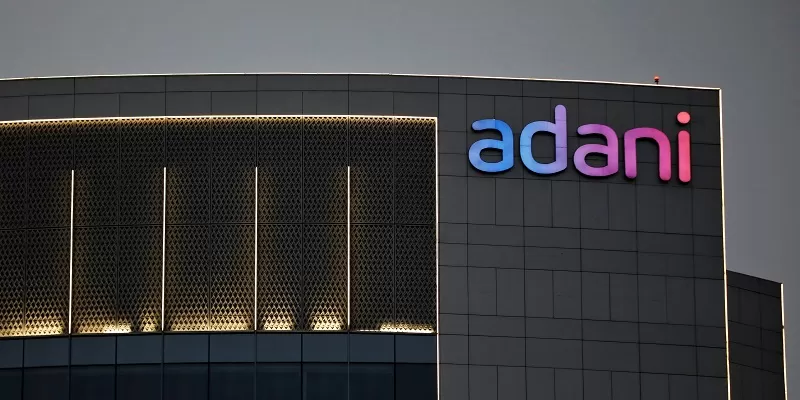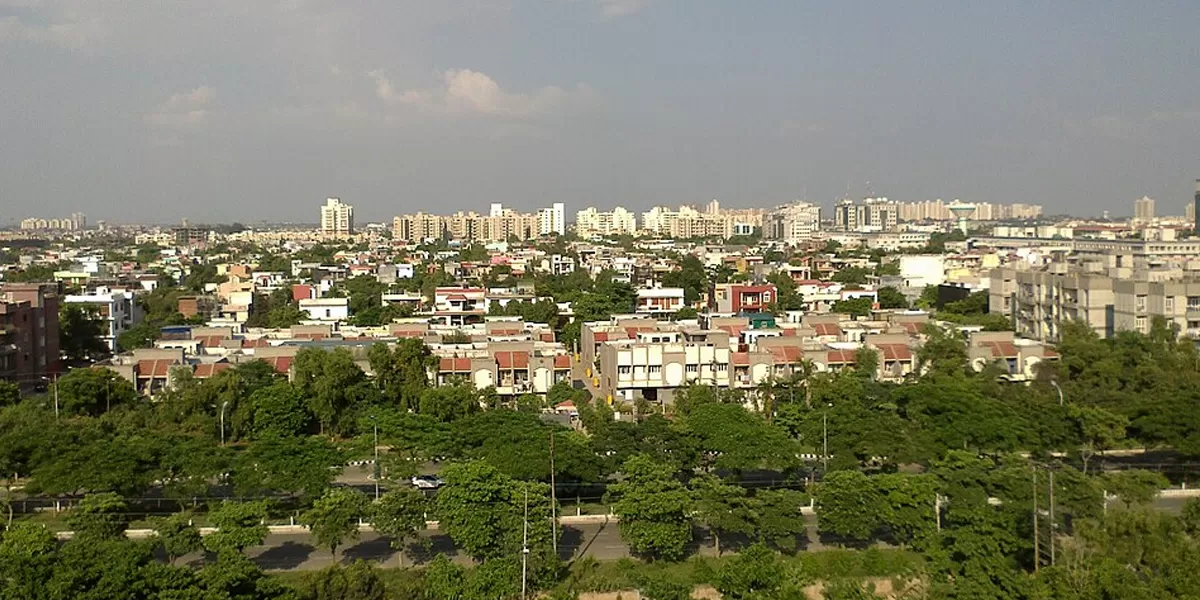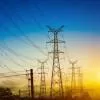- Anil Sardana, CEO & Managing Director, Tata Power
Tata Power has an installed generation capacity of 10,477 MW and a presence in all the segments of the power sector: Fuel and logistics, generation (thermal, hydro, solar and wind), transmission, distribution and trading. Under the leadership of Anil Sardana, CEO & Managing Director, the company´s nationwide resource and energy conservation movement Club Enerji has saved millions of units of electricity by sensitising over several citizens across 11 locations in India, equivalent to saving 17,000 tonne of CO2. This apart, the company has been investing big time in the renewable energy sector and focusing on international geographies. Sardana shares more details with us.
How many million units has the Club saved in 2015-16, and any special plans for 2016-17?
When Club Enerji was launched in 2011, we started with a resource conservation module across all schools. However, owing to the enthusiastic response from our members, the module further evolved and is based on the pillars of fuel conservation; water management; waste management; forestation; energy conservation; disaster management; and the conservation of moral and civic values. With the help of these supporting pillars, in 2015-2016, Club Enerji was successful in saving around 3.06 million units and eventually sensitised 3.5 million citizens. In keeping with the efforts of this module, we will be additionally focusing on disaster management and creating responsible citizens who follow and propagate moral and civic values. This is timely with the glaring effects of non-biodegradable material, radioactive waste and pollution, owing to waste affecting our health and depleting precious national resources.
The company is majorly investing in the renewable sector in India. Tell us about some key projects bagged this year.
We have reiterated our commitment to clean energy by increasing the share of non-fossil fuel energy to 35-40 per cent by 2025, up from the earlier target of 25 per cent. This move is in line with the government´s set target of 100 GW from solar and 60 GW from wind. Tata Power Renewable Energy (TPREL) recently acquired Welspun´s renewable portfolio of 1,140 MW along with a 30-MW solar project in Maharashtra and 100 MW of solar in Karnataka under the National Solar Mission. Every year, Tata Power strives to add about 150 MW of wind, and 30-50 MW of solar, depending on the market opportunities. The company is also in the process of acquiring suitable land parcels in Maharashtra, Rajasthan, Gujarat, Andhra Pradesh and Karnataka to develop solar and wind projects.
Key project highlights in the renewable space in 2016 are as follows:
- TPREL signed a PPA for a 100-MW solar project at Anantapuram solar park in Andhra Pradesh.
- TPREL won a 30-MW solar project in Maharashtra under the National Solar Mission.
- TPREL completed the acquisition of a 30-MW wind farm in Maharashtra.
- TPREL won a 100-MW solar project in Karnataka under the National Solar Mission.
- Tata Power successfully commissioned the 44-MW Lahori wind farm project in Madhya Pradesh.
Besides India, the company is focusing on three geographies: Southeast Asia, the Middle East and Africa. How do you plan investments in these regions?
Tata Power has always considered four geographical verticals as equal opportunity zones. These are Africa; the Middle East and Turkey; India and SAARC; and Southeast Asia. Opportunities in some countries outside India are more predictable, far less risky, and the attitude of select nations is progressive towards investment that comes to them. These factors also invite the company to go there and invest. We have positioned business development teams to pursue opportunities in all four zones. If a team is able to bring forth an opportunity where all aspects of pre-development and risk mitigation actions are favourable, we recommend the same for investment to our board. This year, the company´s JV has commissioned the 120-MW Itezhi Tezhi Hydro Power Project in Zambia.
In your opinion, how has the construction and infrastructure industry performed this year, and how has this impacted the growth of Tata Power?
The infrastructure sector includes power, bridges, dams, roads and urban infrastructure development. In August 2016, India jumped 19 places in the World Bank´s Logistics Performance Index (LPI) 2016 to rank 35th among 160 countries. India needs Rs 31 trillion ($454.83 billion) to be spent on infrastructure development over the next five years, with 70 per cent of funds needed for the power, roads and urban infrastructure segments. Also, the Indian construction equipment industry is expected to grow to $5 billion by FY2019-20 from its current size of $2.8 billion. Further, the country is expected to have a surplus of 3.1 per cent during peak hours and 1.1 per cent during non-peak hours in 2016-17, as per the data from the Central Electricity Authority. The power surplus scenario is one of the big achievements, and India can meet its power demands without further capacity addition for the next three years.
Is there a growth plan going forward?
The company has a well-defined growth plan and is pursuing actions towards achieving the same. It aims to have a significant contribution from clean power sources. Tata Power has ambitious plans to keep fuelling its multi-fold growth across the power value chain. For the next three years, it has sketched out a CAPEX, roughly at the rate of Rs 2,500 crore per annum. The CAPEX plans would be commensurate to growth plans and more competitive than average market prices. Tata Power has also set an aggressive target of 20,000 MW solar power of the total capacity by 2025.


















